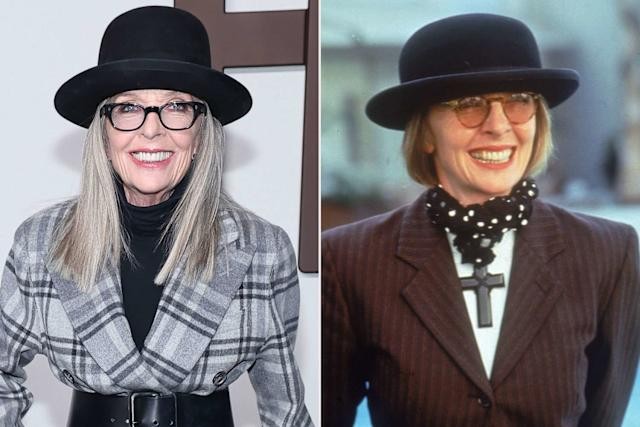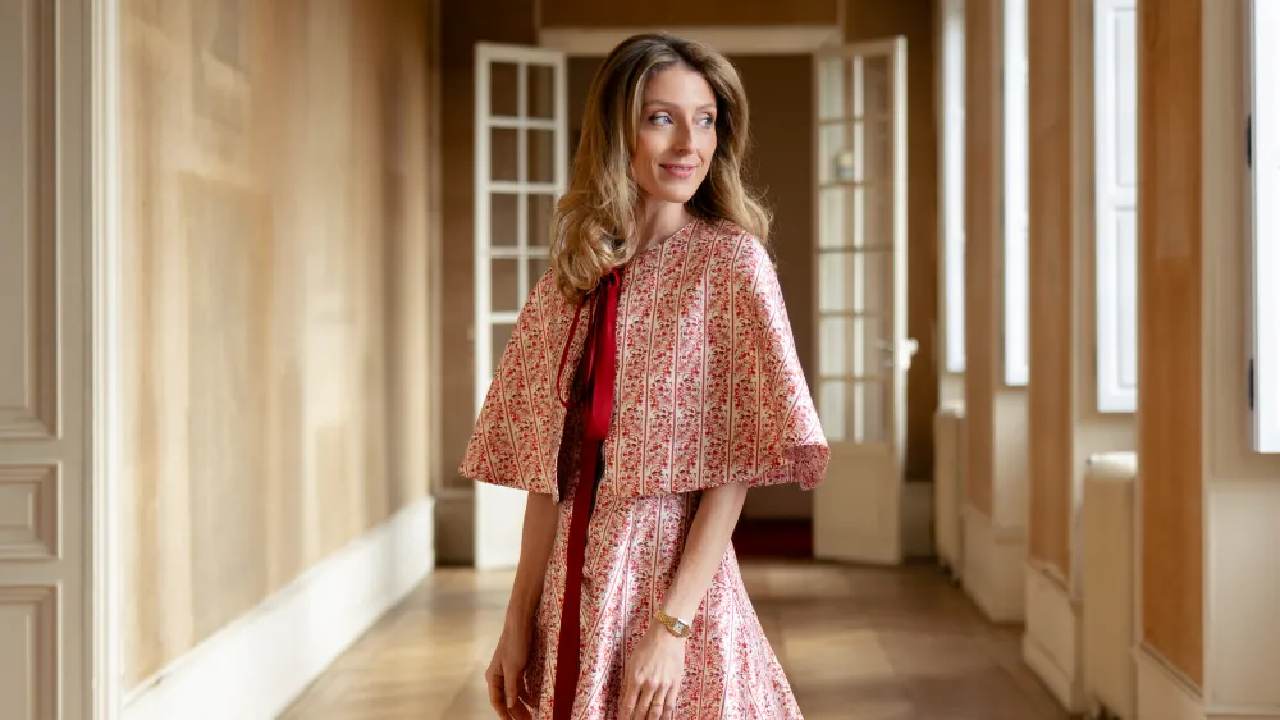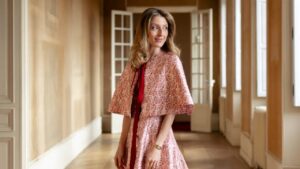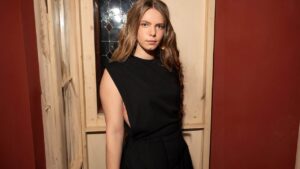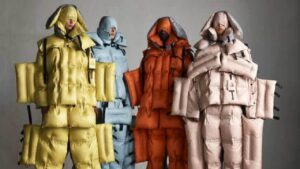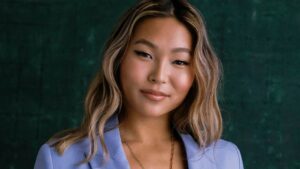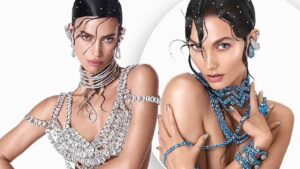The Signature Silhouette: Diane Keaton’s Defining Look
PetitePaulina – From the moment Diane Keaton appeared in Annie Hall, her fashion blew away expectations. She wore broad‑brimmed hats, eyeglasses, vests over turtlenecks or blouses with ties or scarves, wide pleated pants, and jackets—sometimes matching, sometimes tweed. This combination became more than a costuming choice; it became her signature silhouette. While often credited as “Annie Hall style,” it truly deserves the moniker “Diane Keaton style.” Over nearly five decades, countless designers mimicked it—but there was only one original. Even on red carpets, she stuck to this visual identity, sometimes pairing mannish suits or full skirts cinched with wide belts. In my view, her consistency gave her fashion longevity and authenticity.
Why Her Style Resonated and Endured
What makes a look timeless? In Keaton’s case, it’s authenticity. She didn’t chase trends. Instead, she built a uniform that worked for her and kept it evolving. Because of that, her style felt lived‑in—not contrived. Many celebrities change their look constantly, but Keaton’s was anchored. That anchoring made her a constant in fashion conversations—people recognized her instantly, in any decade. From a branding perspective, that kind of visual consistency is rare and powerful.
“Read More : The Vintage Project: Sarah Buss Channels Parisian Boudoir Glamour in Beverly Hills”
Fashion Appearances and Collaborations
Though known for her understated wardrobe, Keaton did occasionally grace fashion shows. In September 2023, she showed up at Ralph Lauren’s return at New York Fashion Week. That same year, she attended Thom Browne’s couture show in Paris. These appearances weren’t just red carpet gestures—they reaffirmed her place in the fashion world. In 2024, she released a book, Diane Keaton: Fashion First, with a foreword by Ralph Lauren and contributions from Sarah Jessica Parker, Miley Cyrus, and Candice Bergen. That book offers insight into her fashion evolution and the philosophy behind her wardrobe.
Her Fashion Philosophy: Wear What You Love
In interviews about her book, Keaton was refreshingly blunt: she wears what she likes. Asked how her style evolved, she replied, “I still love a turtleneck, a hat, and a jacket. I think I focus more on wearing suits daily than ever before.” And yes—she added wide belts again. For Keaton, clothing was personal, not political. She looked outward to inspiration—“people on the street”—but translated it through designers she respected: Ralph Lauren, Thom Browne, Celine. Her approach felt both democratic and curated.
“Read More : U.S. Tariffs Roil European Packaging at Luxe Pack Monaco: Pain, Pivot, and Innovation”
Expanding Beyond Wardrobes into Home Aesthetics
Keaton’s creative reach extended past clothing. She partnered with Hudson Grace, a California interiors brand, designing tabletop and bedding collections in her signature black and white palette. The line spanned 109 pieces—from kitchenware to pet accessories. Prices ranged from $18 to $595. Prior to that, she collaborated with Fabricut Inc.’s S. Harris on fabrics, and with luxury furniture maker Aidan Gray on lighting designs. Her eye for interior design echoed her fashion identity: classic, tonal, elegant.
The Legacy She Leaves Behind
Keaton’s style will survive her. Designers will keep reinventing her silhouette; fans will keep replicating her harmonies of menswear and feminine pieces. But the true legacy is that she taught us to own one’s look, to dress thoughtfully over decades, and to let clothes amplify identity—not overshadow it. In the end, her legacy rests not just in the garments but in the confidence she modeled.
